Deck Fell Down Off House Home Funny
1 / 34
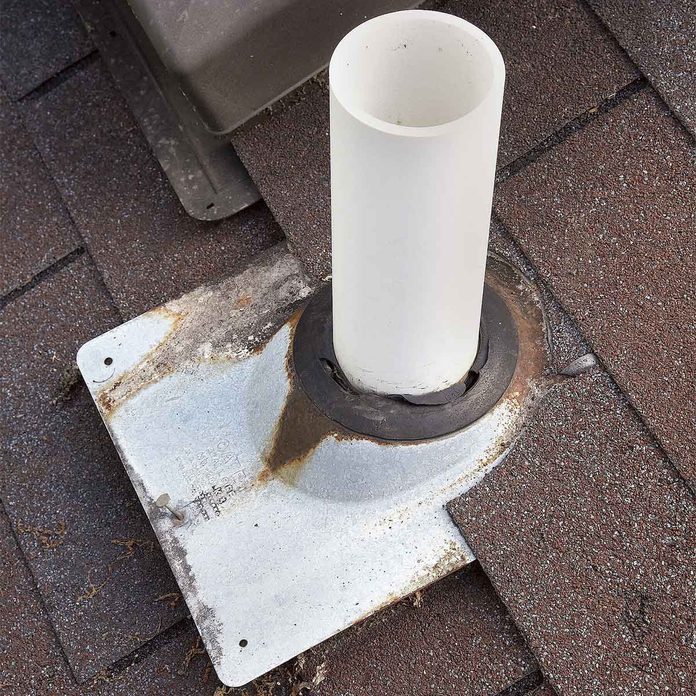
Damaged Plumbing Vent Boots
Plumbing vent boots can be all plastic, plastic and metal, or even two-piece metal units. Check plastic bases for cracks and metal bases for broken seams. Then examine the rubber boot surrounding the pipe. That can be rotted away or torn, allowing water to work its way into the house along the pipe. With any of these problems, you should buy a new vent boot to replace the old one. But if the nails at the base are missing or pulled free and the boot is in good shape, replace them with the rubber-washered screws used for metal roofing systems.
2 / 34
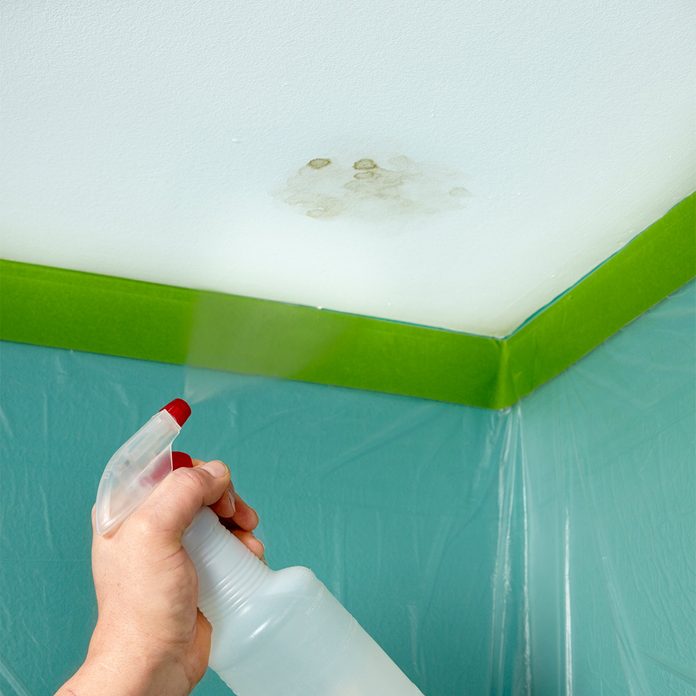
Ceiling Stains
If you have water stains that extend across ceilings or run down walls, the cause is probably a leaky roof. Tracking down the leak is the hard part; the roof leak repair is usually pretty easy. We'll show you some simple tricks for finding and repairing most of the common types of leaky roofs. If you have a leaky roof, you'd better fix it immediately, even if it doesn't bother you much or you're getting a new roof next year. Even over a short time, small leaks can lead to big problems, such as mold, rotted framing and sheathing, destroyed insulation and damaged ceilings.
3 / 34
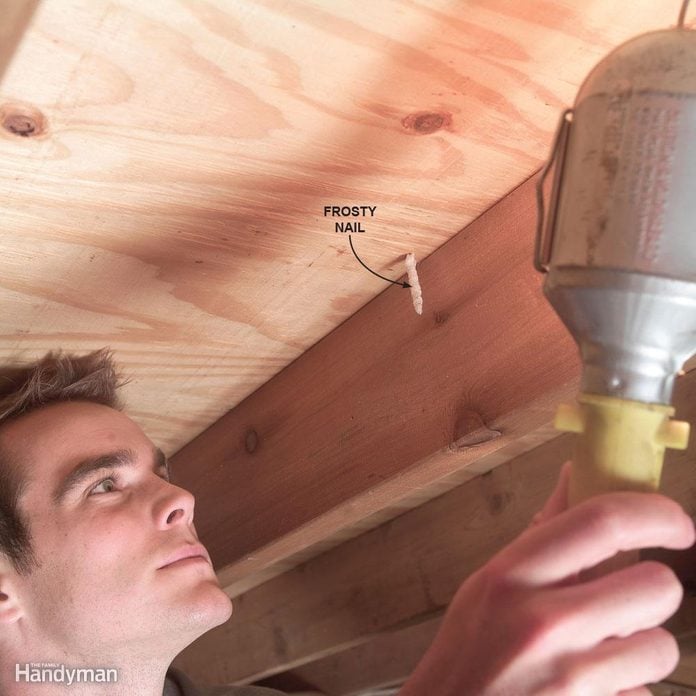
Shiners
If you can't see any telltale flow marks and the ceiling stain is fairly small, look at the underside of the roof for "shiners." A shiner is a nail that missed the framing member. Moisture that escapes into the cold attic from the rooms below often condenses on cold nails. Sometimes you can spot this if you climb up into your attic on a cold night. The nails will look white because they're frosted. When the attic heats up a bit during the day, the frost melts and drips, then the nails frost up at night again and so on. The solution is to simply clip the nail with a side-cutting pliers.
4 / 34
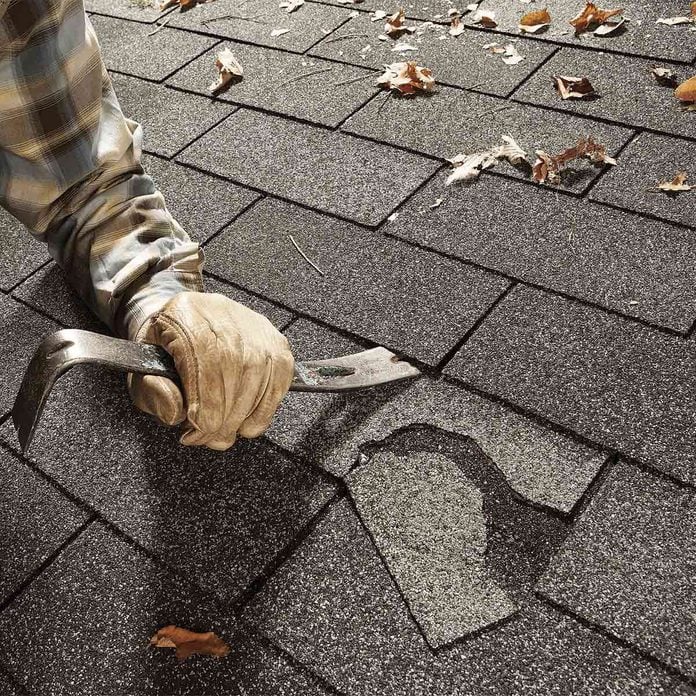
Damaged Shingles
A broken shingle is both ugly and a leak waiting to happen. But as long as you can find matching shingles (and you're not afraid of heights), the repair is straightforward.
5 / 34
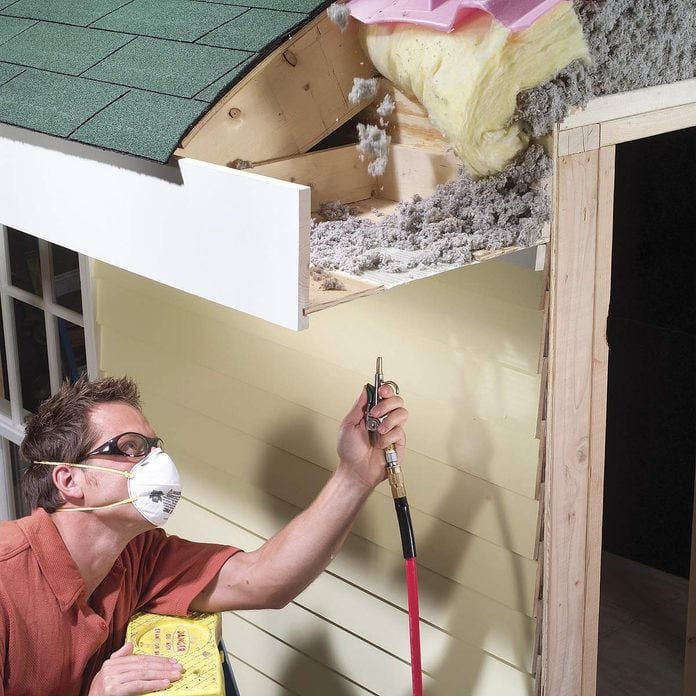
Dirty, Clogged Soffits
Attic ventilation is critical to the health of your house. It begins with soffit vents that inhale outside air—necessary to create an airflow that moves warm attic air out the roof vents. Once the air enters the soffit, it usually proceeds through an air chute or some other opening along the underside of the roof into the attic. The plastic air chutes (from home centers and building suppliers) in each rafter space keep the air path clear between the rafters and the roof sheathing. Clear soffits help to prevent moisture buildup and ultimately mold growth on your roof's framing.
6 / 34
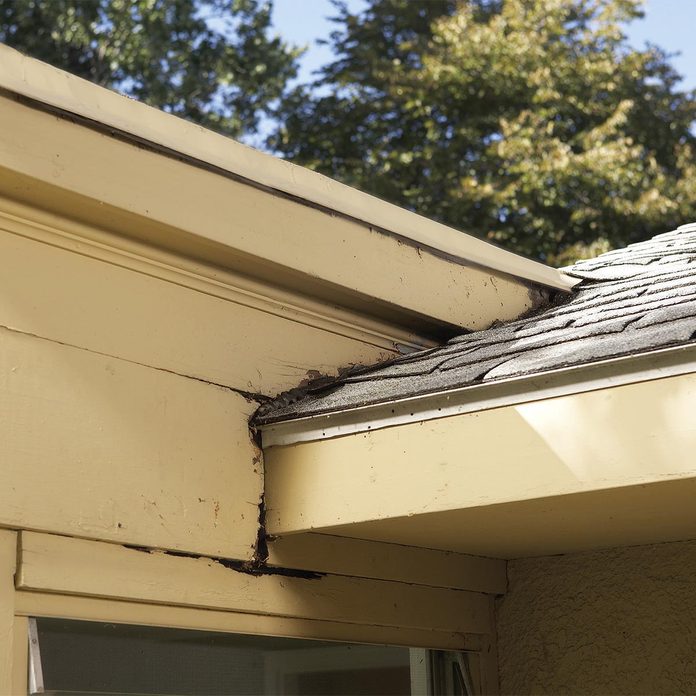
Mold Where Roof and Exterior Wall Meet
Kick-out flashing is critical where a roof edge meets a sidewall. Without it, roof runoff flows down the wall and possibly into the wall. This is worst when there is a door or a window below and water can seep behind the trim. You might not notice it for years, but eventually rot will destroy sheathing and framing. In extreme cases, the stucco is the only thing holding up the wall! Don't wait for that to happen to you.
7 / 34
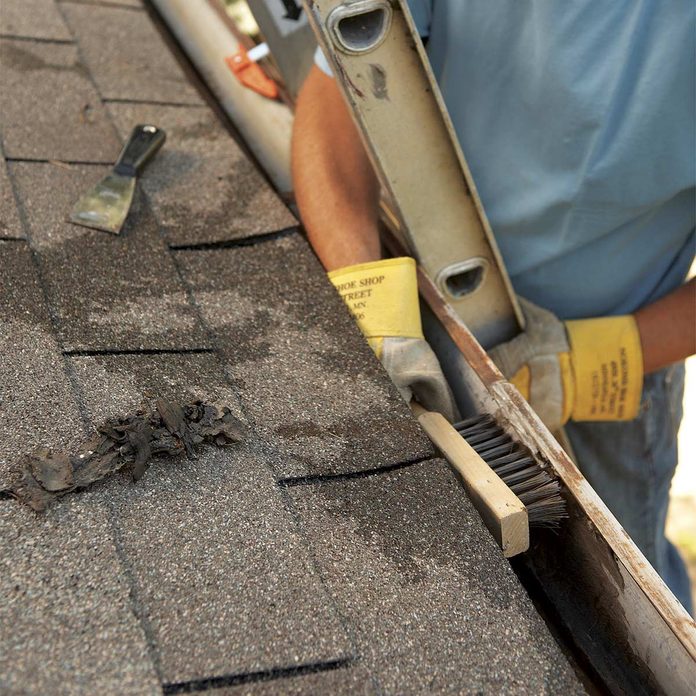
Rusted Gutters
Gutter leaks usually start at rusty spots or seams that have opened up because of expansion and contraction. If your gutter is still basically sound, the easiest way to stop the leak is by covering the damaged area with roof and gutter repair tape (available at home centers and hardware stores). First remove rust with a wire brush and scrape out tar with a putty knife.
8 / 34

Roof Vent Issues
Check for cracked housings on plastic roof vents and broken seams on metal ones. You might be tempted to throw caulk at the problem, but that solution won't last long. There's really no fix other than replacing the damaged vents. Also look for pulled or missing nails at the base's bottom edge. Replace them with rubber-washered screws. In most cases, you can remove nails under the shingles on both sides of the vent to pull it free. There will be nails across the top of the vent too. Usually you can also work those loose without removing shingles. Screw the bottom in place with rubber-washered screws. Squeeze out a bead of caulk beneath the shingles on both sides of the vent to hold the shingles down and to add a water barrier. That's much easier than renailing the shingles.
9 / 34
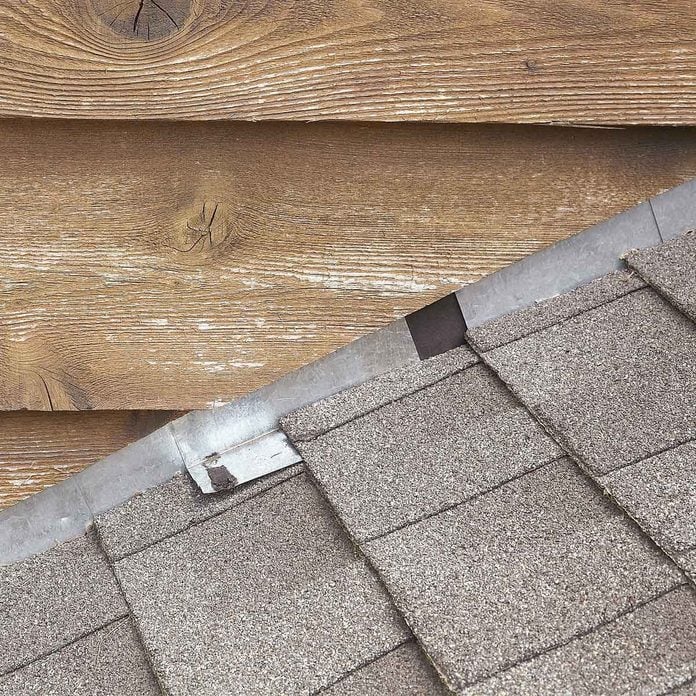
Loose Step Flashing
Step flashing is used along walls that intersect the roof. Each short section of flashing channels water over the shingle downhill from it. But if the flashing rusts through, or a piece comes loose, water will run right behind it, and into the house it goes.
10 / 34
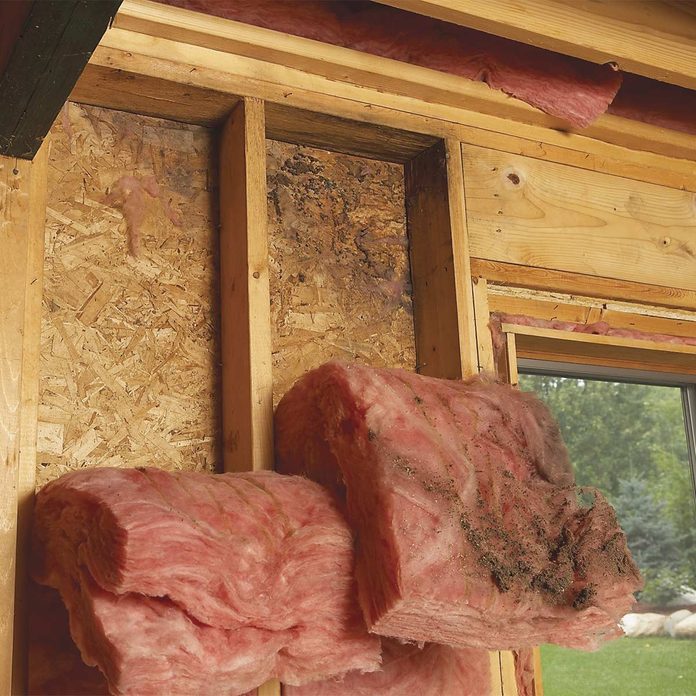
Mold on Exterior Walls
If mold is growing on an exterior wall, there could be a leak in the roof. Measure from the moldy area to a reference point like a door, then find the spot on the other side of the wall or ceiling. Look for ground sloping toward the house and down-spouts emptying next to the wall.
11 / 34
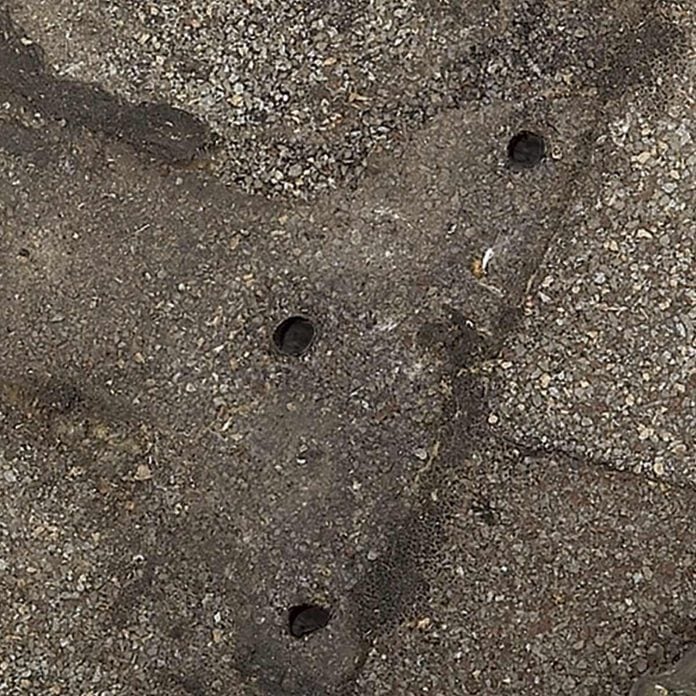
Holes Drilled on Purpose
Tiny holes in shingles are sneaky because they can cause rot and other damage for years before you notice the obvious signs of a leak. You might find holes left over from satellite dish or antenna mounting brackets or just about anything. And exposed, misplaced roofing nails should be pulled and the holes patched. Small holes are simple to fix, but the fix isn't to inject caulk in the hole. You'll fix this one with flashing.
12 / 34
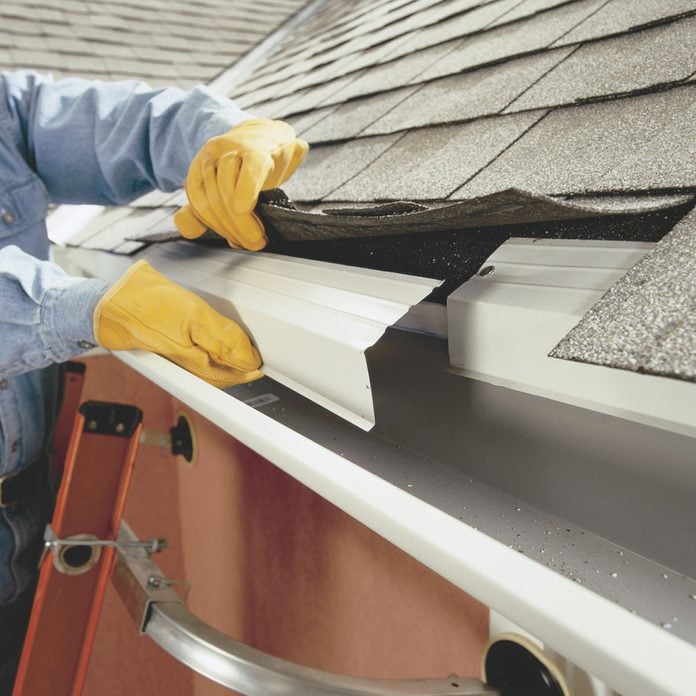
Missing Gutter Apron
When water flows off the edge of your roof, some of it clings to the underside of the shingles and dribbles toward the fascia. If you have gutters but no gutter apron to stop the water, it will wick behind the gutter. Eventually the fascia, soffits and even the roof sheathing will rot. You may see water stains below the gutter on the fascia and soffit. This is a sure sign that the gutter apron is missing.
13 / 34
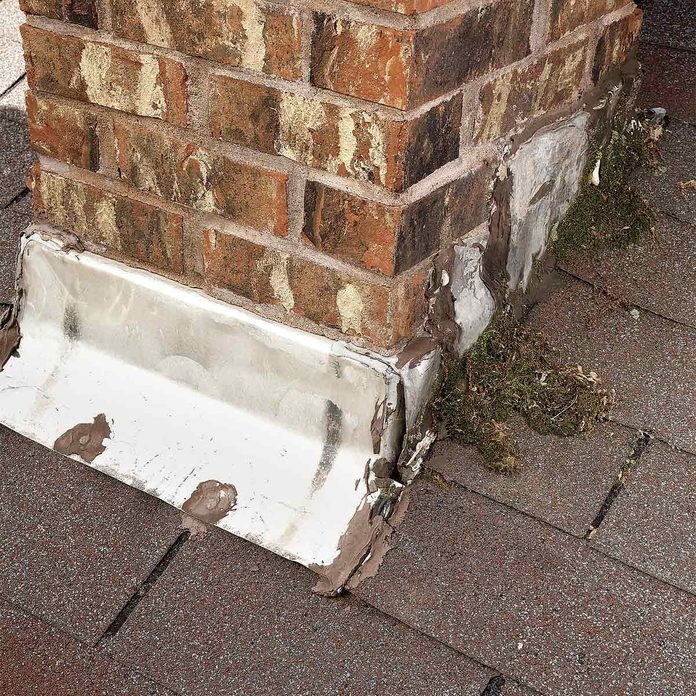
Rusted Chimney Flashing
All kinds of bad things can happen around brick chimneys. Flashing around chimneys can rust through if it's galvanized steel, especially at the 90-degree bend at the bottom. A quick but fairly long-term fix is to simply slip new flashing under the old rusted stuff. That way any water that seeps through will be diverted.
14 / 34
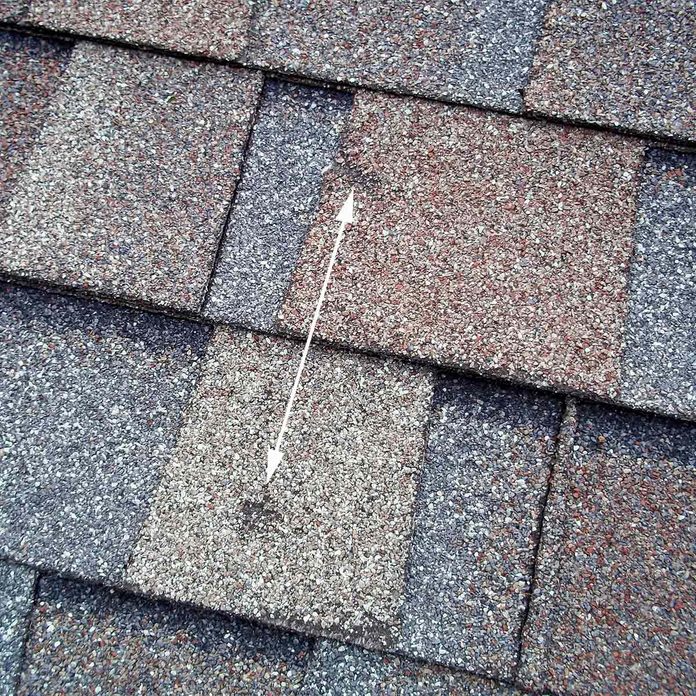
Hail Damage
When a large hailstone hits an asphalt shingle, it can tear or even puncture the shingle. But usually, it just knocks granules off the surface. When a shingle loses its protective layer of granules, UV rays from the sun begin to destroy it. More granules fall off around the damaged spot and the bruise grows.
15 / 34
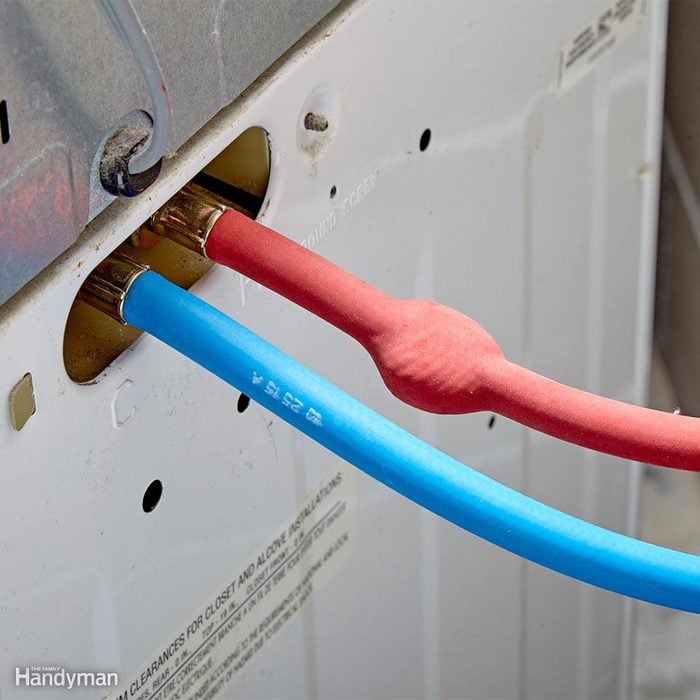
Bulge in Washing Machine Hose?
What it means: The hose is ready to burst.
A bulging washing machine hose is an emergency. It may burst next year, next week or right now. But it will fail and it won't just leak—it will gush. In just a few minutes, it can do thousands of dollars in damage.
Plus: The Top 10 DIY Appliance Repairs
16 / 34

Stain Around Bathroom Fan
What it means: Condensation is forming inside the duct. The stain could be caused by a roof leak but condensation inside the duct is the most likely cause, says Reuben Saltzman, a home inspector with Structure Tech. If you live in a cold climate, there's a good chance that the warm, moist air from the bathroom is condensing inside the duct and the water is seeping back down into the fan housing. It's soaking the drywall around the fan and may be ruining your fan motor or even the framing components in your attic.
17 / 34
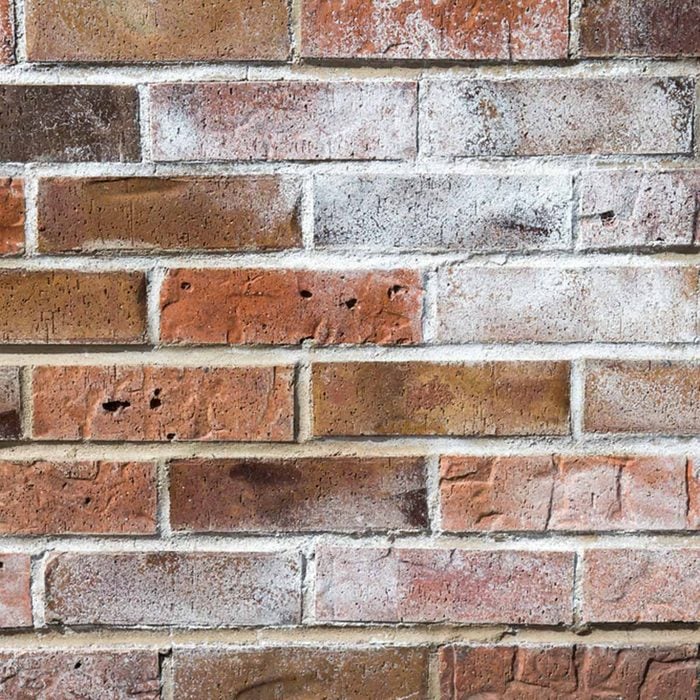
Efflorescence on Chimney Brick?
What it means: Too much moisture inside the chimney Efflorescence is the white material that appears on brick. It occurs when moisture moves through masonry. That moisture picks up minerals and leaves them behind in the form of tiny crystals. The minerals themselves do no harm, and a small amount of efflorescence is common. But heavy efflorescence on your chimney is a cause for concern. It's a sign of moisture inside the chimney—and when that moisture freezes, it can slowly wreck the chimney from the inside out. Even more alarming, your flue liner could be cracked or broken, and deadly combustion gases from your furnace, fireplace or water heater may be leaking into your home. Plus: Secret Cleaning Tips From the Pros
18 / 34

Melted Grommets on Water Heater?
What it means: Deadly gases may be entering your home Exhaust from a gas water heater is supposed to flow through a duct and out of the house. But sometimes, exhaust doesn't flow up and out. Instead, it "backdrafts," spilling deadly carbon monoxide into the air you breathe. One sign of backdrafting is damaged plastic grommets on top of the water heater, melted by the hot exhaust. This shows that your water heater has backdrafted badly on at least one occasion—and you must take action. Plus: Appliance Care and Maintenance Tips to Make Appliances Last
19 / 34

Decking Directly Under the Door?
What it means: Rot could be wrecking your house.
Decks that are built right up to the bottom of a door often mean trouble. Rainwater splashes off the deck up onto the door. That much water is hard to keep out. Even if the flashing holds up, water may eventually find its way through the door components. This can ruin the siding, door and interior flooring, or worse, destroy the rim joist and other framing components both inside and outside your home.
20 / 34
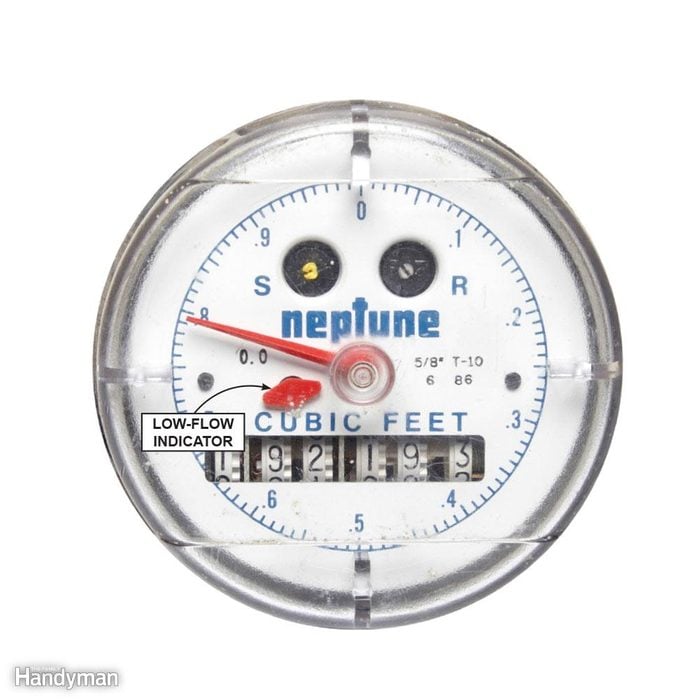
The Water Meter Never Stops?
What it means: You've got a leak.
If all the faucets and plumbing fixtures in your house are turned off and the low-flow indicator on your water meter continues to measure running water, you're wasting water and money.
21 / 34
Greasy Kitchen Stuff
We understand that venting the range hood into a wall cabinet saved a lot of labor, but we admit that we're puzzled by the louvers.
22 / 34
Ho boy!
Vinyl dryer vent hose is such a bad idea on so many levels. So a smooth metal dryer vent is the best solution, hands down.
23 / 34
I'm melllltttting
Little Johnny got a magnifying glass for his birthday and set out to harness the power of the sun and melt the neighbor's house. Obviously, this house is in need of some siding replacement!
24 / 34
Liberty Bell
It's cracked like the Liberty Bell. But this cracked chimney liner needs to be repaired to prevent a chimney fire.
25 / 34
Honey, let's have a block party?
Yep, let's have over a couple of dozen neighbors for a really fun evening. Or tear off this disaster waiting to happen and build a deck properly.
28 / 34
Fresh Paint
A fresh coat of paint can be like slapping lipstick on a pig, so to speak. A coat of paint didn't completely cover up the deficiencies in this deck.
30 / 34
Kinked A/C Refrigerant Line
A huge kink in an A/C refrigerant line is the start of a big problem eventually. Not only did the installer create the kink, he hid it behind the insulation rather than fixing it. Plus the line needs to be sealed with putty to keep out critters. Follow these 21 ideas to keep your AC running.
Photo: Via Structure Tech
32 / 34
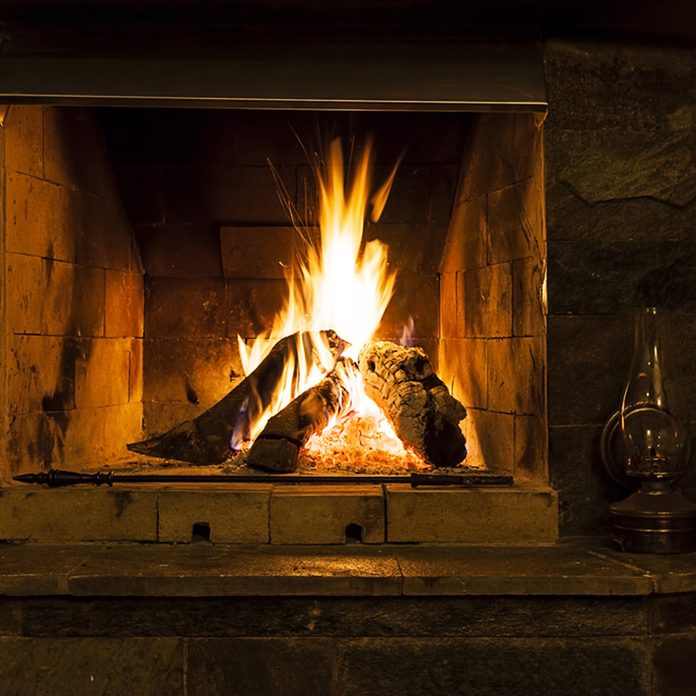
Fireplace Safety
Your home's chimney should be swept at least once a year, according to the National Fire Protection Association. This fire safety measure will help remove soot and debris which could become a fire hazard. And when using the fireplace, keep any flammable materials, such as blankets, curtains and rugs away from the fireplace and never leave children unattended near a working fireplace.
33 / 34
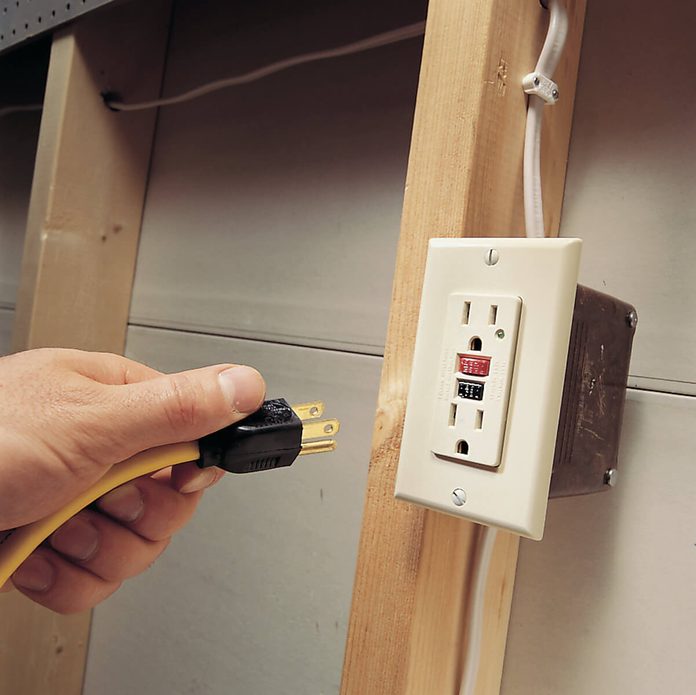
Loose Outlets
The constant movement of loose electrical outlets can loosen the wires connected to the outlet and create dangerous arcing. Luckily, the fix is simple, check it out here.
34 / 34
Exposed Lightbulbs
Those closet lights that don't have an enclosure around them pose a fire and safety risk in the home. According to Buell Inspections, under normal circumstances a 60-watt light bulb will not get hotter than 175 degrees Fahrenheit but under some conditions it could reach close to between 290-500 degrees, high enough to ignite things likes table tennis balls, which begin to melt around 130-150 degrees.
Find out how to pick LED lights that will help you save on energy costs.
Originally Published: March 20, 2021
Source: https://www.familyhandyman.com/list/34-silent-signs-that-your-house-is-failing/
0 Response to "Deck Fell Down Off House Home Funny"
Publicar un comentario